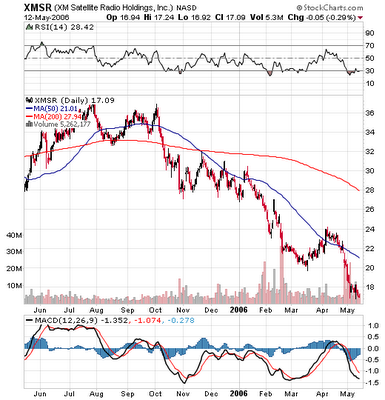News: Finance blogs are boring! *sob*
The new blog carnivals for personal finance and investing are up. There are some really great articles in both, and they are worth checking out.
 One that really caught my eye was about the relevance of investing and financial blogs posted at Adult ADD and Money. Apparently, as far as interest levels go, they are at the bottom of the heap. Not altogether surprising, I guess, since people go on to blogs expecting to hear about nasty breakups, sex or cats, rather than pro-forma business ratios.
One that really caught my eye was about the relevance of investing and financial blogs posted at Adult ADD and Money. Apparently, as far as interest levels go, they are at the bottom of the heap. Not altogether surprising, I guess, since people go on to blogs expecting to hear about nasty breakups, sex or cats, rather than pro-forma business ratios.I’m not surprised that people find investing blogs boring. I mean, it really doesn’t sound all that interesting unless you have ever invested seriously. That doesn’t mean the readers are wrong for not being interested, that just means the writers have try harder to get them interested.
I guess I’m a little guilty of using the wrong medium. Oh well, I am in to deep now. The challenge is just to make this material interesting and entertaining.
How do I do that?
I’m open to suggestions. Hopefully none of them involve nasty breakups, sex or cats, but I guess beggars can’t be choosers.
I’ll take an honest stab at beating this whole boring thing.



